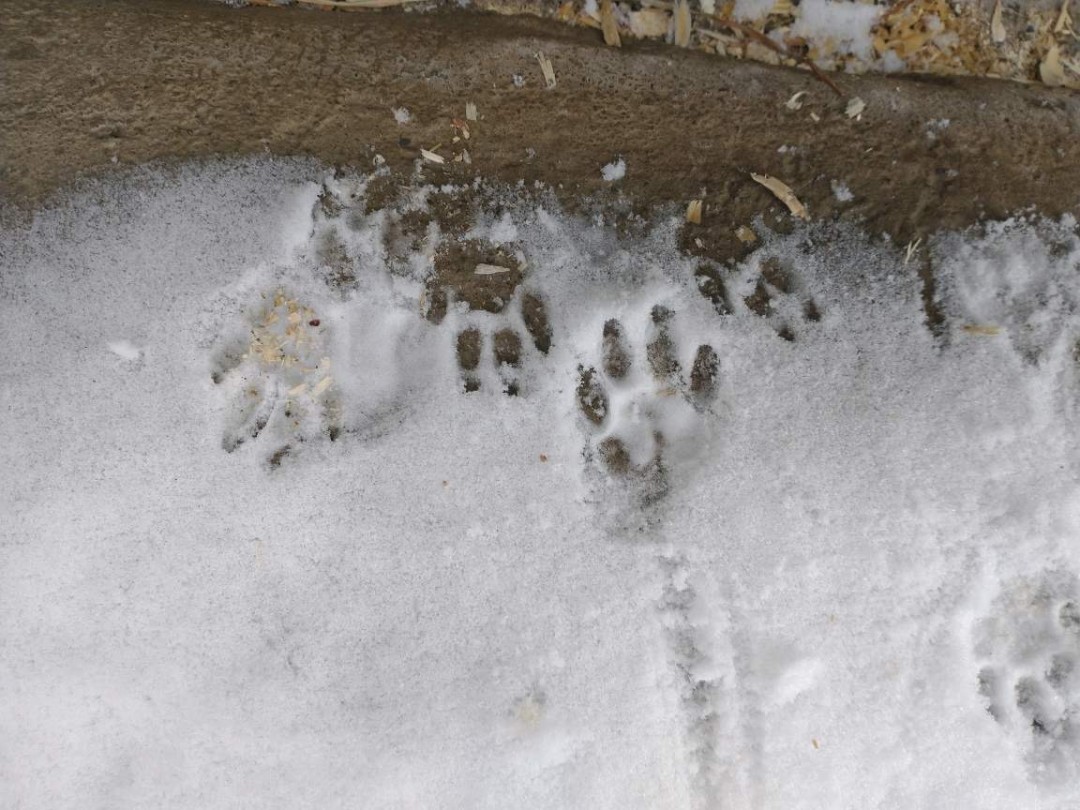- Exploring the concept and educational purpose behind Track Down Tuesday: Guess the Tracks!
- Understanding the significance of tracking in wildlife management and conservation.
- Discussing the animal hinted at in the clue and its ecological relevance.
- Highlighting the relationship between environmental education and wildlife conservation.
- Emphasizing the connection between public engagement and conservation efforts through zoo programs.
The initiative Track Down Tuesday: Guess the Tracks! is an innovative educational endeavor that stirs curiosity about wildlife among people of all ages. By encouraging participants to guess which animals left certain tracks, it serves multiple purposes: entertaining, educating, and raising awareness of wildlife conservation. This regular event not only ignites interest but also grants insight into the lives of animals through their footprints. A better understanding of animal tracks can lead to greater appreciation for both the individual animals and their ecosystems.
Tracking has been an essential tool in wildlife conservation and management. It equips scientists with crucial information about an animal’s behavior, habitat use, and population size. Understanding the data derived from tracking can influence conservation strategies, helping to ensure that species thrive in their natural environments. Track Down Tuesday emphasizes these skills by making them interactive and accessible through playful engagement. By decoding tracks, observers learn the subtle nuances in animal footprints, gaining deeper respect and admiration for wildlife.
The specific hint provided in this challenge introduces a fascinating creature—an animal that resembles a rabbit yet thrives on the savanna. This description matches the Springhare (Pedetes capensis), a rodent native to Africa’s savannas. Springhares might seem similar to rabbits due to their long ears and jumping behavior but are actually more closely related to rodents. Nocturnal by nature, they roam the open landscapes feeding on grass and leaves. This species highlights the diversity and adaptability of life on Earth, illustrating how animals evolve unique (as per the preferred word usage) traits to survive in varied environments.
Educational programs like Track Down Tuesday build an essential bridge between citizens and wildlife conservation. By fostering a sense of stewardship and curiosity, they play a pivotal role in protecting biodiversity. The more people learn about biodiversity, the more inclined they are to support conservation efforts. This kind of environmental education doesn’t merely impart knowledge; it cultivates an ethical responsibility towards nature. Participants become more mindful of their ecological impact and are often inspired to contribute to conservation efforts.
Another compelling facet of such interactive activities is their ability to strengthen public engagement. Zoos and wildlife reserves have broadened their roles to become educational hubs that advocate for conservation. By linking fun and learning, these institutions draw broader attention to the importance of protecting wild habitats. Programs like Track Down Tuesday help to bridge the gap between the scientific community and the general public, breaking down complex concepts into engaging and digestible experiences.
In conclusion, Track Down Tuesday: Guess the Tracks! underscores the importance of education in conservation while also fostering a connection between people and nature. By decoding animal tracks and demystifying their ecosystems, participants are not only educated but motivated to play an active role in conservation efforts. This initiative stands as a reminder of the intricate relationship between humans and the natural world, and the vital need to preserve it for future generations.
*****
Source Description
Track Down Tuesday 🐾 Guess the Tracks! 👣 Who left these mysterious prints behind? 🔍👀
Here’s a hint to help you out: 🏜️ They might look like a rabbit, but they’re more into sprinting across the savanna than hiding in a garden.


